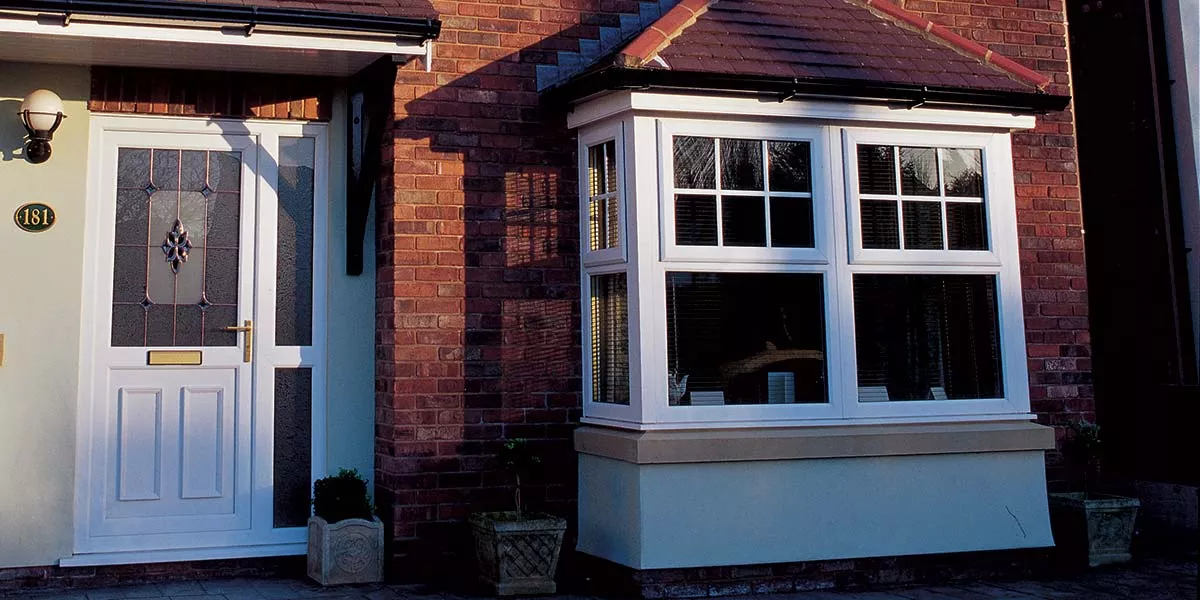U-Values – What Are They And Why Are They Important
You may have come across mention of the term “U-Values” when searching for new home improvements and been oblivious to what it represents.

A U-Value is there to inform you of the standard of thermal efficiency supplied by a product.
A respectable U-Value is highly beneficial for householders, but you may not know what a good U-Value is. Once you have a greater awareness of U-Values you will be in a better position to properly insulate your property.
It’s quite simple really – the lower the U-Value, the more effective a material is as an insulator.
Now that is cleared up, you will be able to more easily compare the U-Values of products such as a polycarbonate roof and solid roof to judge which of these two roof coverings best suits your thermal requirements.
No other method measures the insulating properties of applications and materials more accurately, that’s why current building regulations specify that U-Values of a certain standard must be met when building or renovating a structure. The overall U-Value of a building can only be determined once you know the U-Values of the wall, floor and roof.
Benefits of low U-Values
Improved energy efficiency is just one advantage of purchasing items that carry a low U-Value.
Fewer draughts will invade your living space too and it will be impossible not to notice how much warmer it feels.
Your finances will also take less of a hit as energy bills will suddenly become a lot more affordable due to a reduced reliance on your boiler. This will cut your carbon footprint, consequently helping the environment.
Speak to 5 Star about U-Values
Some companies can be a little coy about the U-Values achieved by their products, but we love to shout about them.
When choosing a conservatory, orangery or other lifestyle extension from 5 Star, we will calculate the overall U-Value of the structure just so you know.
Don’t hesitate to contact us if you need any further clarification about them.

